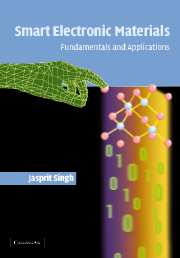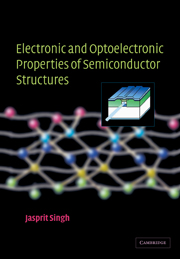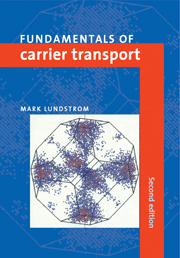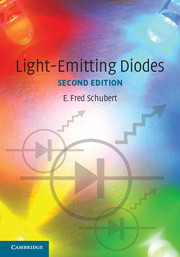Smart Electronic Materials
Smart materials respond rapidly to external stimuli to alter their physical properties. They are used in devices that are driving advances in modern information technology and have applications in electronics, optoelectronics, sensors, memories and other areas. This book fully explains the physical properties of these materials, including semiconductors, dielectrics, ferroelectrics, ferromagnetics and organic polymers. Fundamental concepts are consistently connected to their real-world applications. It covers structural issues, electronic properties, transport properties, polarization-related properties and magnetic properties of a wide range of smart materials. The book contains carefully chosen worked examples to convey important concepts and has many end-of-chapter problems. It is written for first year graduate students in electrical engineering, materials science or applied physics programs. It is also an invaluable book for engineers working in industry or research laboratories. A solution manual and a set of useful viewgraphs are also available for instructors.
- Connects fundamental physical principles to real-world applications
- Numerous worked examples to convey important quantitative information
- Contains many exercises with solutions available by emailing [email protected]
Product details
March 2005Hardback
9780521850278
432 pages
253 × 180 × 25 mm
1.044kg
193 b/w illus. 43 tables 143 exercises
Available
Table of Contents
- Preface
- Introduction
- 1. Structural properties
- 2. Quantum mechanics and electronic levels
- 3. Electronic levels in solids
- 4. Charge transport
- 5. Light absorption and emission
- 6. Dielectric reponse: polarization effects
- 7. Optical modulation and switching
- 8. Magnetic effects in solids
- A. Important properties of semiconductors
- B. P-N diode: a summary
- C. Fermi golden rule
- D. Lattice vibrations and phonons
- E. Defect scattering and mobility
- Index.







